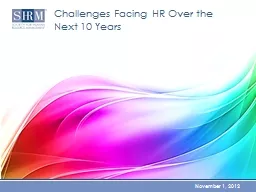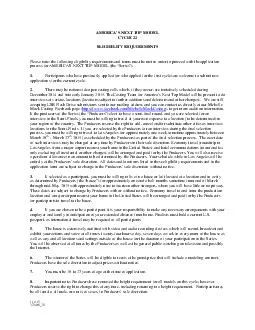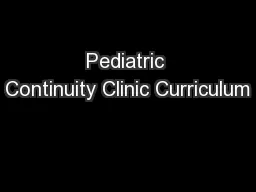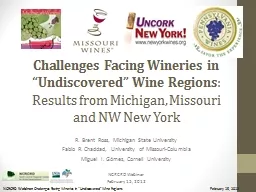PPT-Challenges Facing HR Over the Next 10 Years
Author : alexa-scheidler | Published Date : 2018-09-16
November 1 2012 What will be the three biggest challenges facing HR executives over the next 10 years Retaining and rewarding the best employees 59 developing the
Presentation Embed Code
Download Presentation
Download Presentation The PPT/PDF document "Challenges Facing HR Over the Next 10 Ye..." is the property of its rightful owner. Permission is granted to download and print the materials on this website for personal, non-commercial use only, and to display it on your personal computer provided you do not modify the materials and that you retain all copyright notices contained in the materials. By downloading content from our website, you accept the terms of this agreement.
Challenges Facing HR Over the Next 10 Years: Transcript
Download Rules Of Document
"Challenges Facing HR Over the Next 10 Years"The content belongs to its owner. You may download and print it for personal use, without modification, and keep all copyright notices. By downloading, you agree to these terms.
Related Documents














